

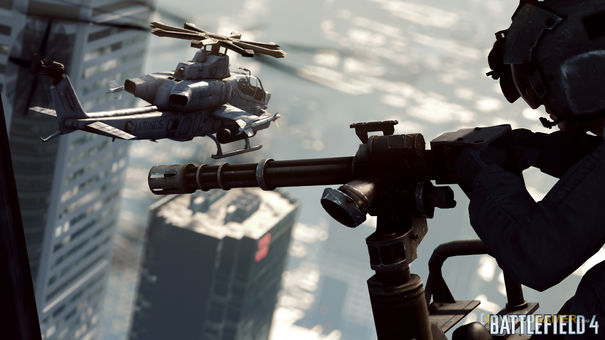

What I find most impressive about Battlefield 4 - beyond the marvelous new destruction tech, the introduction of 60FPS to the next-gen console versions, and the revival of Commander Mode - is that DICE has somehow managed to create a map with 63 other players running around it feel spacious. Perched atop a skyscraper overlooking Shanghai, the playable area appears to go on for miles. Off in the distance, you can hear the booms of tanks volleying shells at one another, and see the opposing assault choppers perform some type of aerial ballet between the courtyards and high rises beneath you. And then there are the gunships circling overhead raining hellfire down on the infantry below, and the distant crack of an enemy sniper rifle as a bullet clips the brickwork in front of you. The verticality of the map and sense of scale on offer here, quite simply, is incredible.
That scale transfers directly to the combat, too. When all of the elements come into play - the squads, the assault choppers, the tanks, the gunships, the attack boats and the Commander's military support (more on that later) - battles within Battlefield 4 can feel like full-scale wars. There was one moment during my play session when a chopper pilot swooped low between a row of high-rises to take out a handful of infantrymen, only to have a tank blast him out of the sky. To watch it unfold felt like an action movie, but one that had been crafted by the players within the world, rather than one banging to the beat of a developer's script.
Scenes like these are nothing new to Battlefield, of course. It's precisely these type of moments that have made DICE's shooter a worthy competitor to Call of Duty. But this time, DICE has made Battlefield feel even more dynamic, even more realistic, and as a result, a fair amount more exciting. The developer has taken destruction to a new level. If you saw Battlefield 4's multiplayer reveal during EA's E3 press conference, you'll know that you can now destroy towering high-rises. But what you might not know is that the battle doesn't end there.
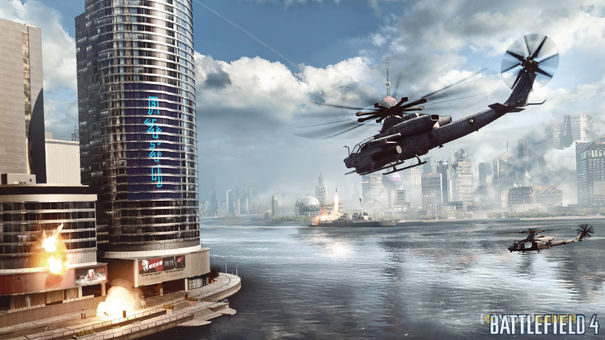
Sending a skyscraper tumbling is both an eerie and exciting sight. As shattered glass and debris plummet to the ground, plumes of smoke and ash pollute the map, creating a heightened sense of fear amongst troops fighting among the dust on the ground and causing a dramatic effect on strategy for the aerial fighters now forced to cope with low-visibility.
And then there's Commander Mode. Unfortunately, the mode wasn't available to play during my hands-on session, but one player is now able to enter Commander Mode to call in controllable gunships, launch Tomahawk strikes and provide commands to squads. And if you're not at your PC or console, you can even play out the role of commander from your tablet.
But whether there are enough changes here to make Battlefield 4 feel like anything more than Battlefield 3.5 is still open for debate. Battlefield 4's multiplayer feels familiar, only bigger and more refined, and aesthetically speaking, the Siege of Shanghai map could fit into Battlefield 3 quite comfortably. But as the battle between Call of Duty and Battlefield continues, I can't help but feel that DICE's significant technological advances may just help turn the tide of war.
Key changes in Battlefield 4:
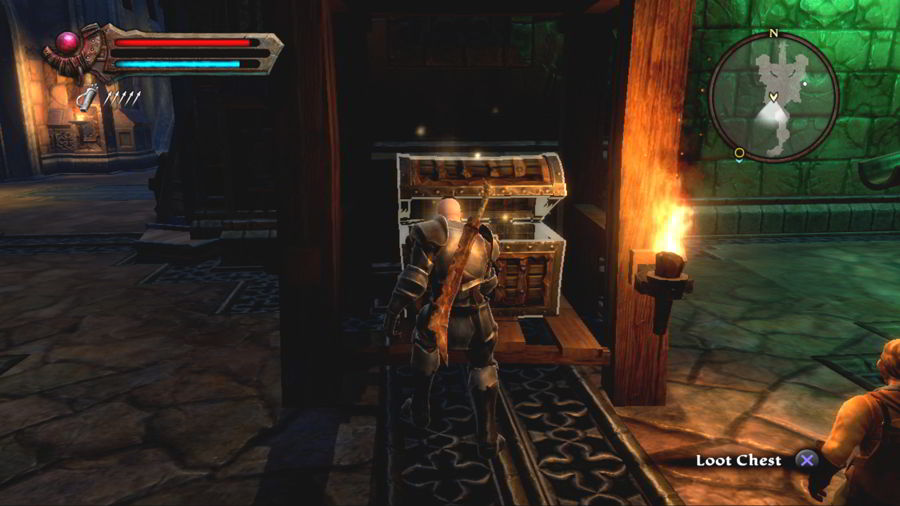
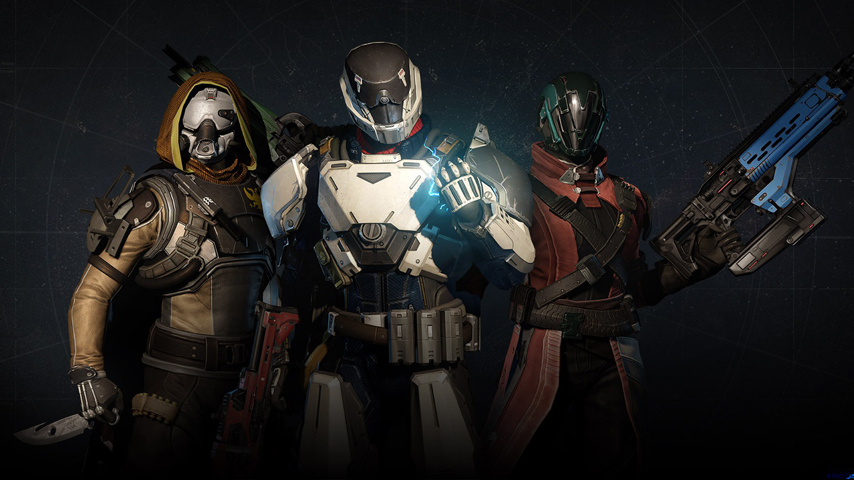
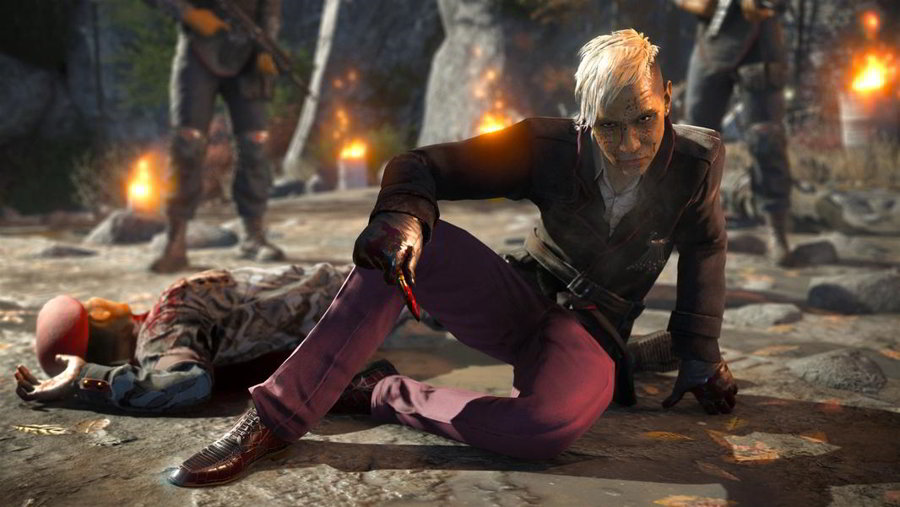
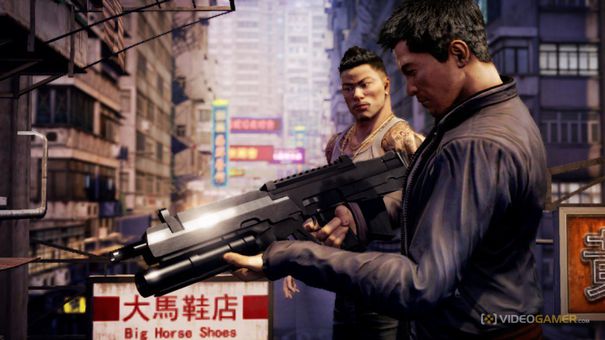
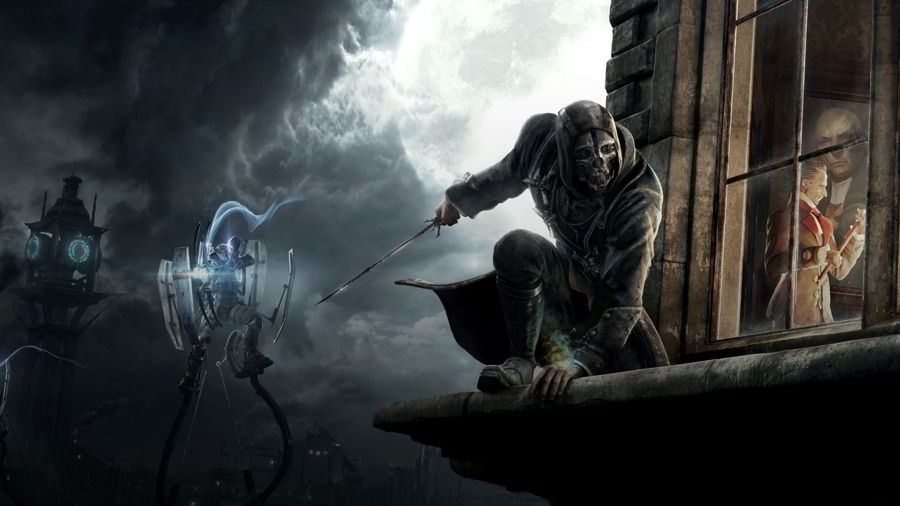 Dishonored Guide: Outsider Shrines Location Guide
Dishonored Guide: Outsider Shrines Location Guide Fire Emblem: Awakening Guide - Chapter 5: Exalt and the King Guide - GamersHeroes
Fire Emblem: Awakening Guide - Chapter 5: Exalt and the King Guide - GamersHeroes Fire Emblem: Awakening Guide - Game Modes Guide - GamersHeroes
Fire Emblem: Awakening Guide - Game Modes Guide - GamersHeroes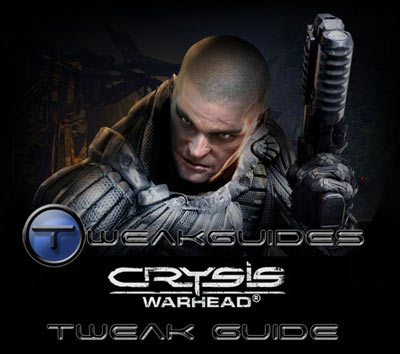 Crysis Warhead Tweak Guide
Crysis Warhead Tweak Guide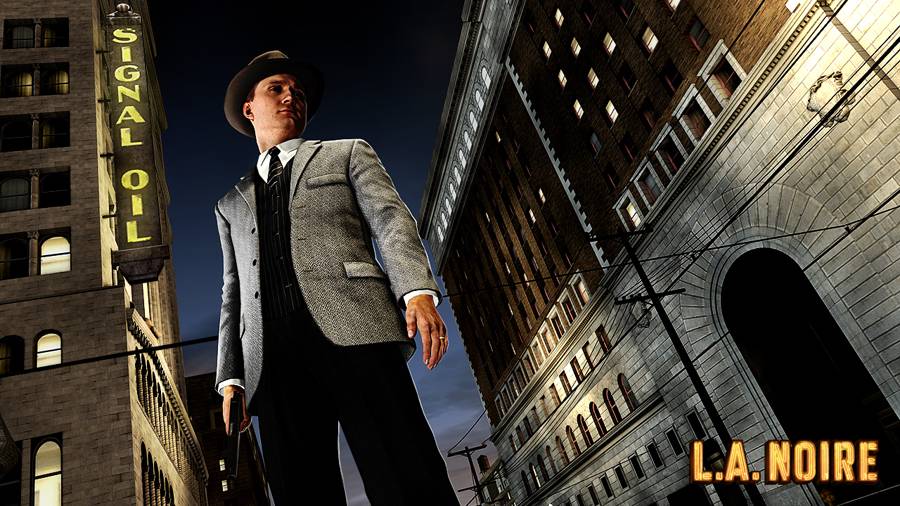 L.A. Noire Reefer Madness Case Guide
L.A. Noire Reefer Madness Case Guide